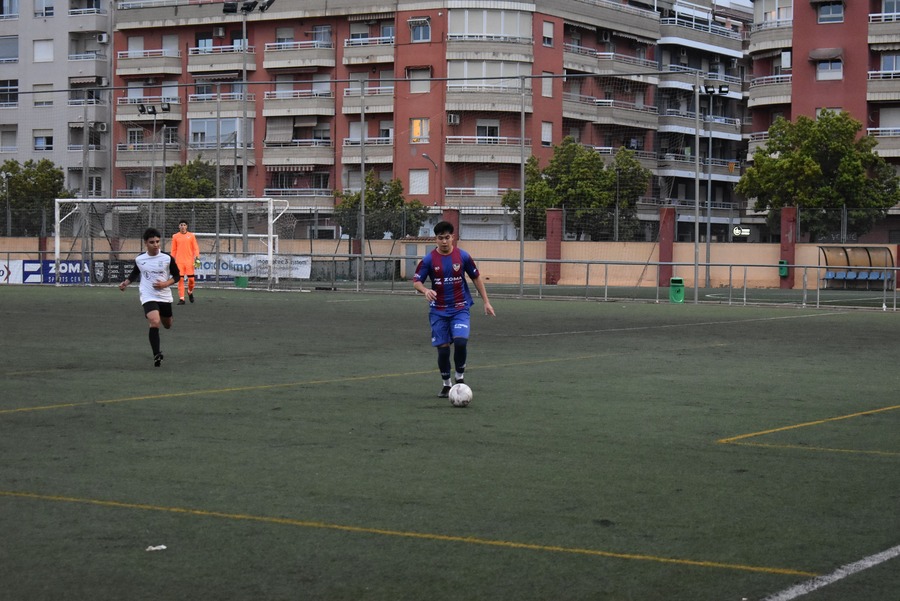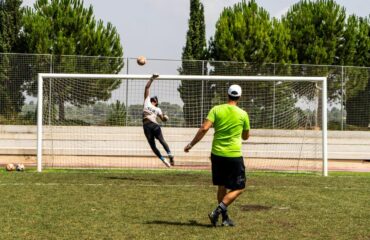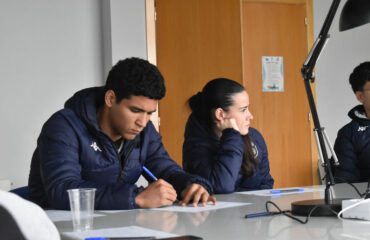In today’s football, mastering changes of orientation has become one of the most effective weapons to unsettle the opponent. It’s not just about sending a long pass to the opposite side, but about reading the game, recognizing available spaces, and executing with precision at the right moment. It is an action that, when mastered, changes the rhythm of the match and gives your team space and advantage.
At SIA Academy, this skill is worked on from a technical and tactical point of view. Coaches like Rafa and José Luis teach players to identify when to use this resource, how to execute it correctly, and in which areas of the pitch it can have the greatest impact.
Table of contents
What is a change of orientation and why is it so decisive?
A change of orientation is an action where the player redirects the game to the opposite side of the field, usually to take advantage of a space left open by the opponent or to break intense pressure in a congested area. Although it may seem simple, it requires a very fine game reading, technical ability, and peripheral vision.
Rafa, a coach at SIA Academy, defines it like this:
“A change of orientation is not just moving the ball; it’s moving the match. You change the focus, create imbalance, and give your team an advantage.”
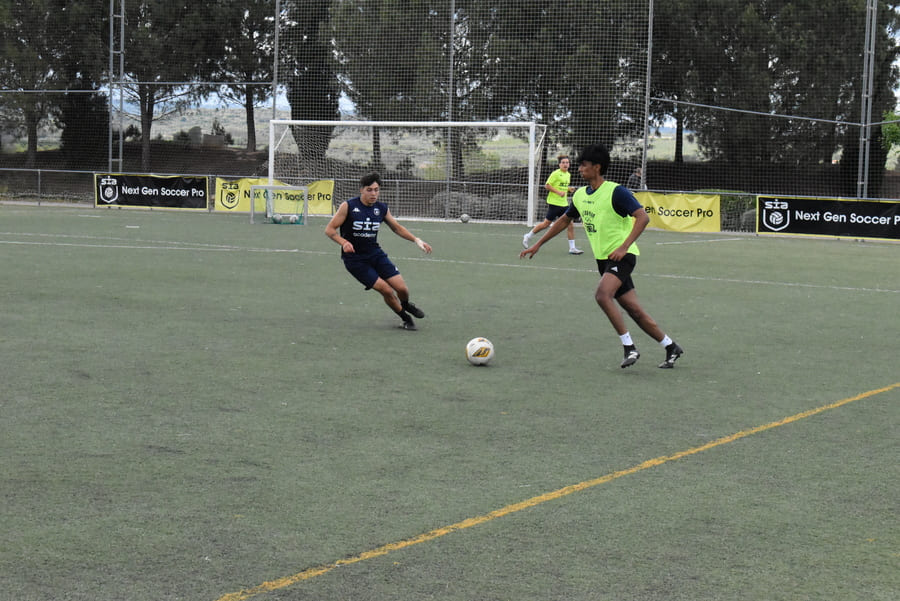
Knowing when to do it: the key of intelligent players
Not every moment in a match is suitable for a change of orientation. Many young players make the mistake of forcing it in compromised situations or without properly observing the game’s development. At SIA Academy, decision-making is highly emphasized, knowing when to change the direction of the game and when to keep possession or play short.
A good change of orientation arises when:
- The opponent has shifted excessively to one side.
- There is a winger or fullback free of marking on the weak side.
- The pace needs to be accelerated after slow ball circulation.
- A favorable one-on-one situation is sought on the opposite flank.
Training sessions at SIA are designed to create these types of scenarios in real match situations, so that the player does not just repeat an action but understands and internalizes it.
Technique serving decision-making
Executing a change of orientation requires precise technical execution. It’s not enough to simply hit the ball hard: you must adjust direction, height, rhythm, and timing. It can be done with the inside of the foot, the instep, first touch, or after an oriented control. Each option has its tactical application.
As José Luis, a coach at the academy, highlights:
“We work on the technical gesture, yes, but above all the context. A good pass is only useful if it arrives at the right place, at the right moment, with the player ready to receive it.”
In this sense, training combines individual technical tasks with small-sided collective situations, where the player practices under pressure and with real passing alternatives. Thus, the change of orientation does not become an automatic resource but a conscious and strategic decision.
Changing the game to change the match
In very tight matches, where spaces are minimal and pressure is high, a good change of orientation can be decisive. It can:
- Break the defensive structure of the opponent.
- Generate a two versus one on the flank.
- Allow a player to receive with an advantage.
- Calm the pace of the game and reorganize the attack.
At SIA Academy, constant work is done so players can recognize these moments. Through video analysis, tactical simulations, and conditioned matches, game reading and mental agility are enhanced. Knowing when to change the direction of the ball can be the difference between attacking the opponent or being neutralized.
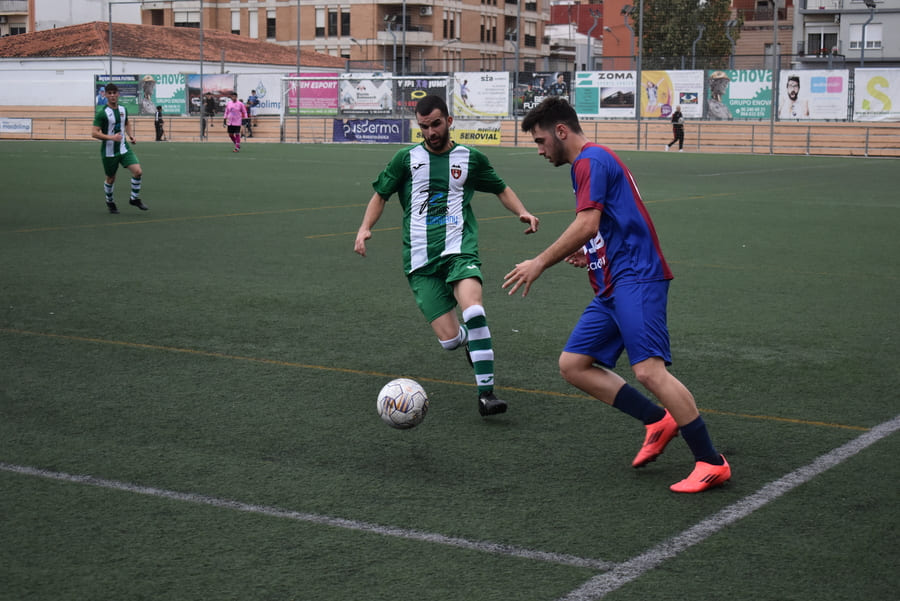
Specific exercises and training
Within the weekly planning, coaches include specific tasks to develop this skill. Some examples:
- Expanded rondos, where the player in possession must turn the game after attracting the opponent.
- Positional games aimed at changing sides, rewarding quick reading.
- Finishing drills after changes of orientation, seeking width and dribbling from the opposite side.
All of this is trained based on real match criteria, so the player understands that it’s not just about moving the ball, but about creating advantages, eliminating opponents, and deciding better.
Mastering changes of orientation is a sign of tactical vision and football maturity. It is a technical tool, yes, but also a strategic one. Knowing when to do it, how to execute it, and with what intention can raise any player’s level.
At SIA Academy, this action is not taught as an isolated resource but as part of a playing philosophy based on intelligence, judgment, and efficiency. Because in the end, as the coaching staff reminds us:
“It’s not just about passing the ball… it’s about passing the right idea at the right time.”



